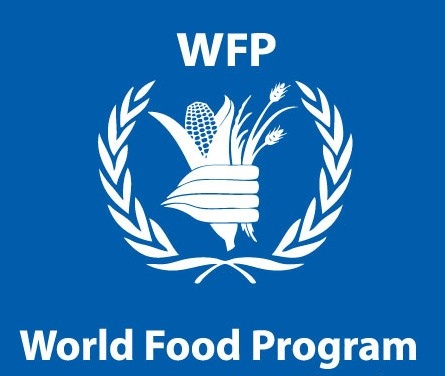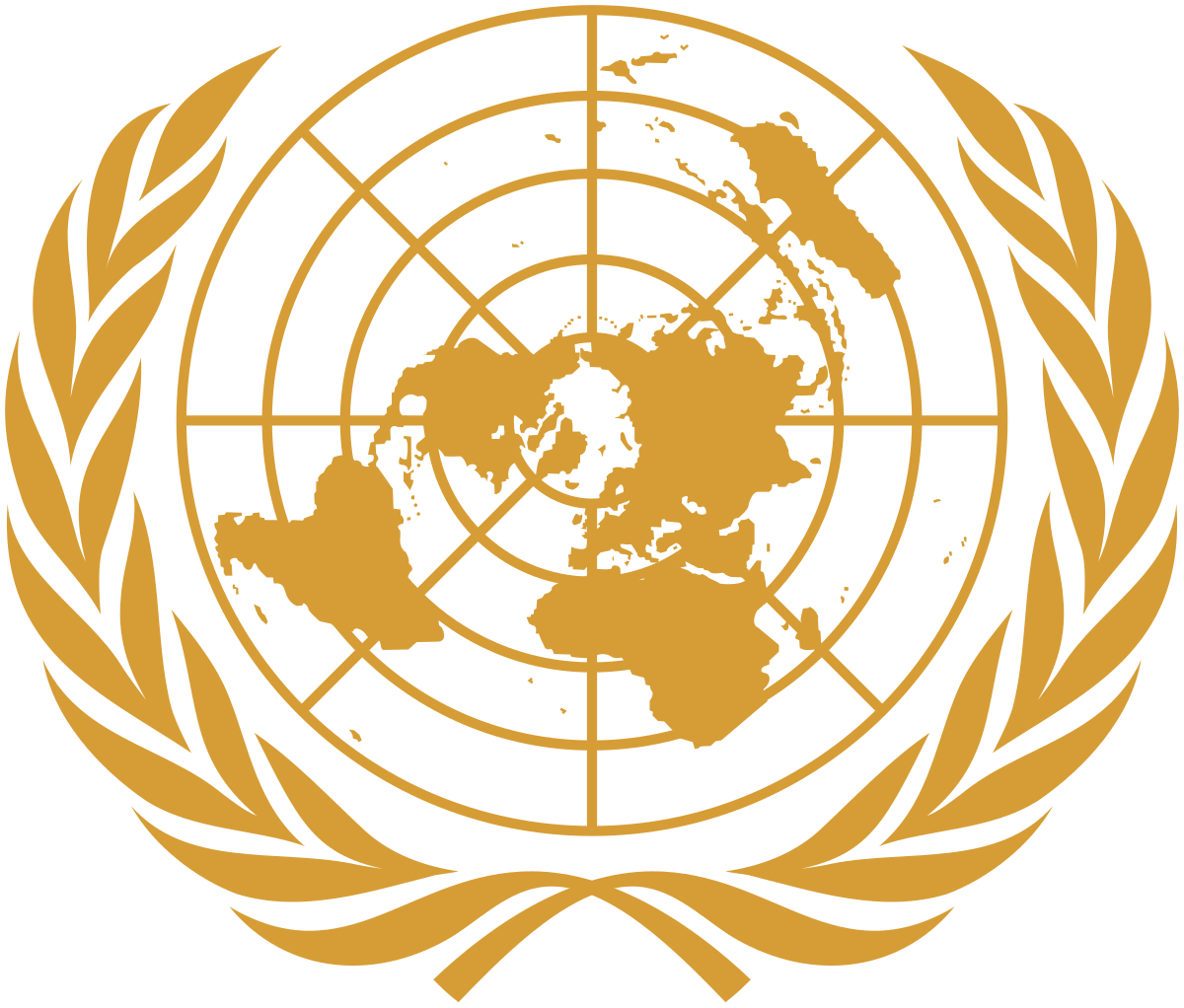
The current state of social cohesion between refugee and host communities about food assistance and access to services. Role of food, nutrition, and other basic needs assistance (including an overview of transfer modalities and supply chain management) in meeting overall household needs. Functioning of the markets covering both food and other essential needs. Nutrition status and underlying causes, including access to food, hygiene/care practices, and health. Access to basic services and other non-food needs such as health, WASH, energy/firewood, education. Food security and socio-economic status of camp-based refugees (including an overview of food consumption, economic vulnerability, coping, livelihoods, and food sources). Identify, consolidate and review secondary data on the following areas. The JAM will also consider strategic directions on targeting/prioritization of assistance and opportunities for improved systems interoperability and data sharing.Ī. The objective of the JAM is to review the food security and nutrition situation and performance of the ongoing operation and determine current needs and how programming can be improved to support greater refugee food security, nutrition, and self-reliance. Meanwhile, the Government of Rwanda has made significant strides in supporting refugee financial and economic inclusion. Since the previous JAM, both agencies have commenced with the distribution of cash assistance for food and other basic needs.
#World food program full
Both WFP and UNHCR have suffered funding shortages at different stages of the programming cycles as such refugees have not consistently received the full food ration as recommended by the previous JAMs which has corresponded to the engagement of the population in negative coping strategies to meet their basic needs to varying degrees. The last JAM took place in 2019 and was preceded by four others in 2017, 2014, 2011, 2008, and 2006. The Joint Assessment Mission (JAM) is jointly organized by UNHCR and WFP with the participation of other UN agencies, the Government of Rwanda, the donor community, and implementing and operational partners to assess the food security and livelihood situation of WFP and UNHCR beneficiaries.

In fast-changing emergency operations, bi-annual assessments are recommended by the WFP/UNHCR MOU, especially if circumstances have changed significantly since the last assessments. As of September 2021, a total of 29,299 Burundian refugees from Mahama camps and urban settings have been repatriated. In August 2020, UNHCR and the government of Rwanda started the voluntary repatriation of Burundian refugees living in the Mahama camp.

In addition, 12,146 and 840 refugees are living in the urban cities of Kigali and Huye respectively.


These camps are, respectively located in, Gatsibo, Karongi, Nyamagabe, Gisagara, Kirehe, and Bugesera districts. The refugees are mostly based in 5 camps Nyabiheke with 14,417, Kiziba with 16,705, Kigeme with 15,855, Mugombwa with 11,096, and Mahama with 49,464 and Gashora Emergency Transit Mechanism (ETM) with 281 people. The vast majority of this population are refugees who originate from the Democratic Republic of Congo (77,522) and Burundi (48,430). Rwanda hosts about 127,163 refugees and other persons of concern living in camps and urban areas.


 0 kommentar(er)
0 kommentar(er)
